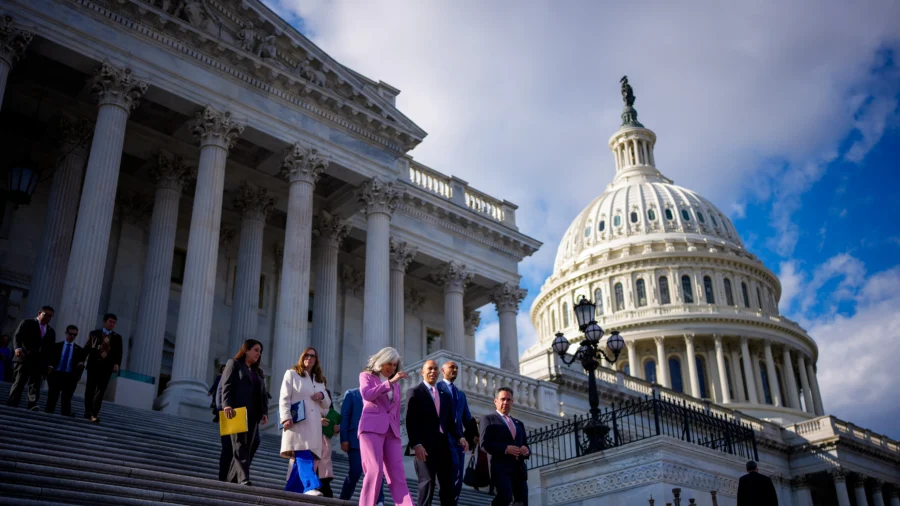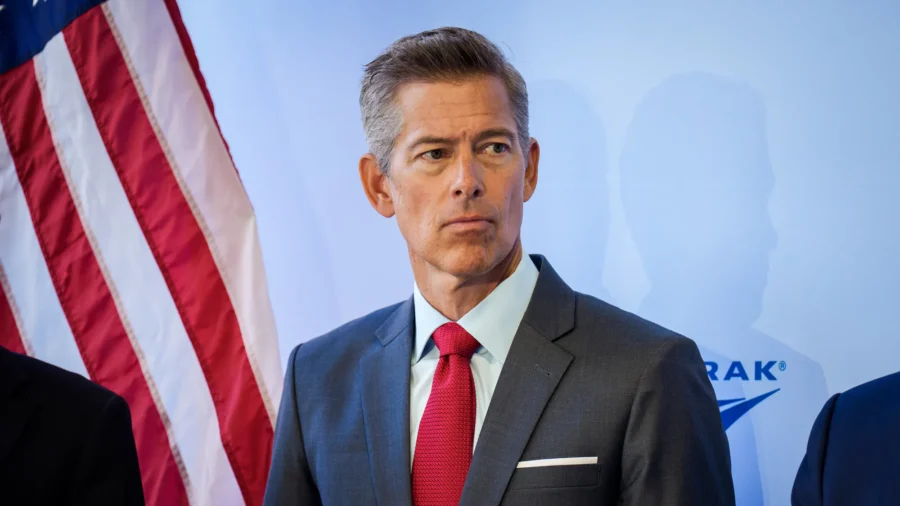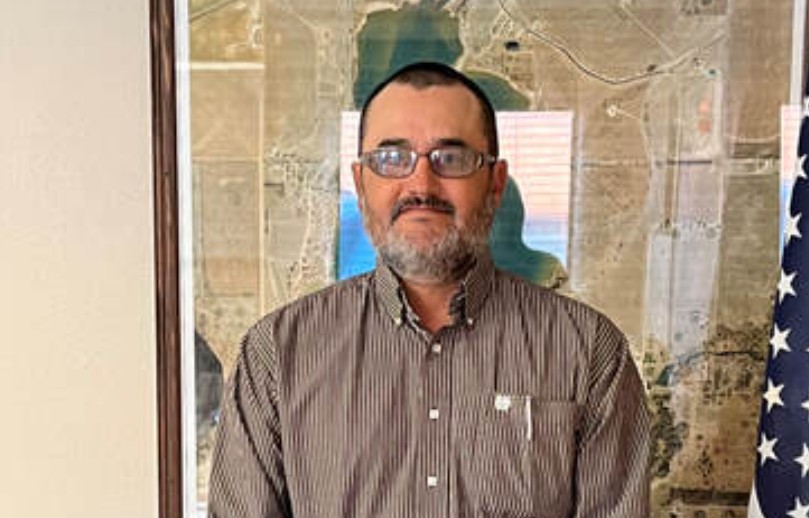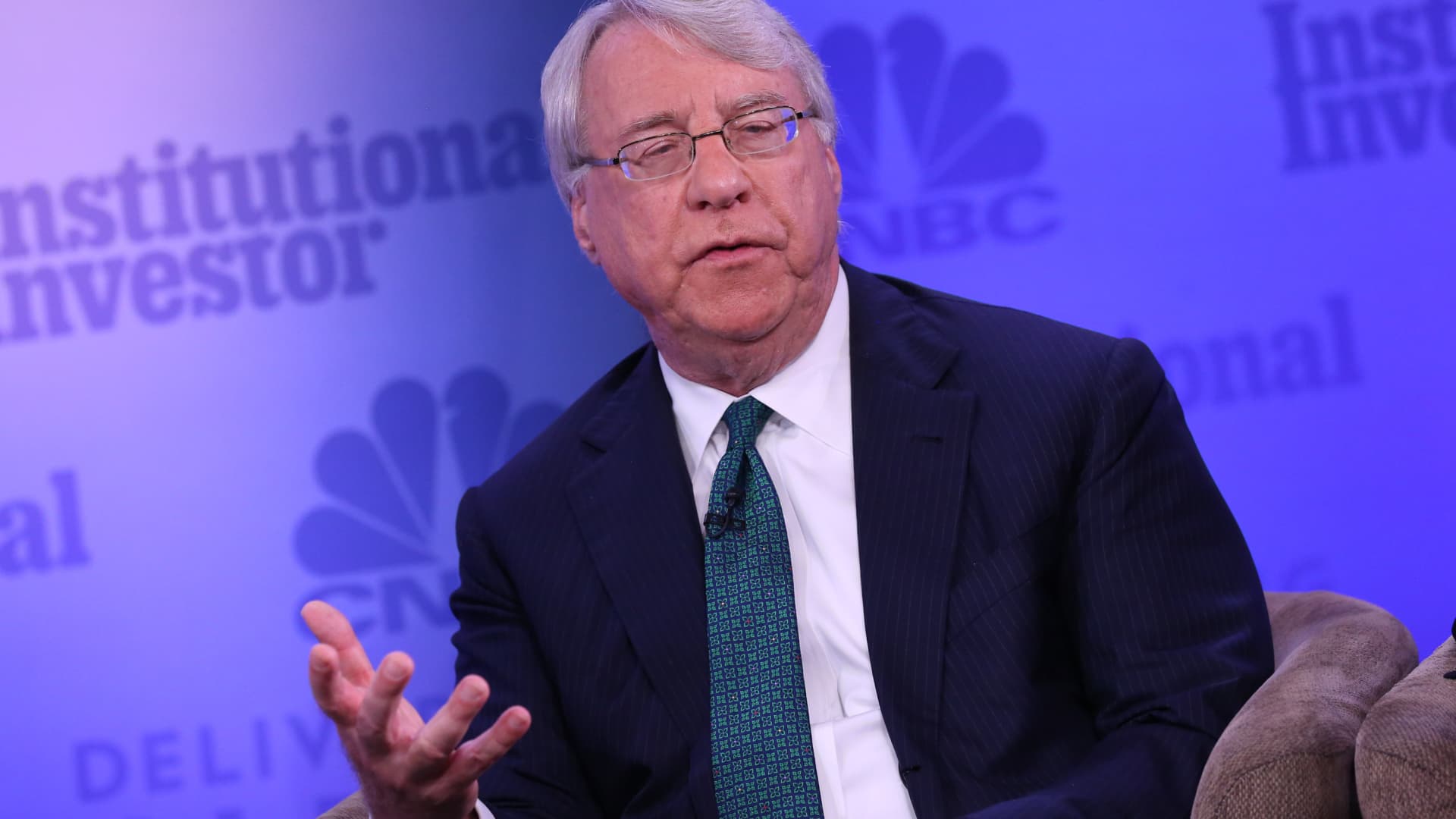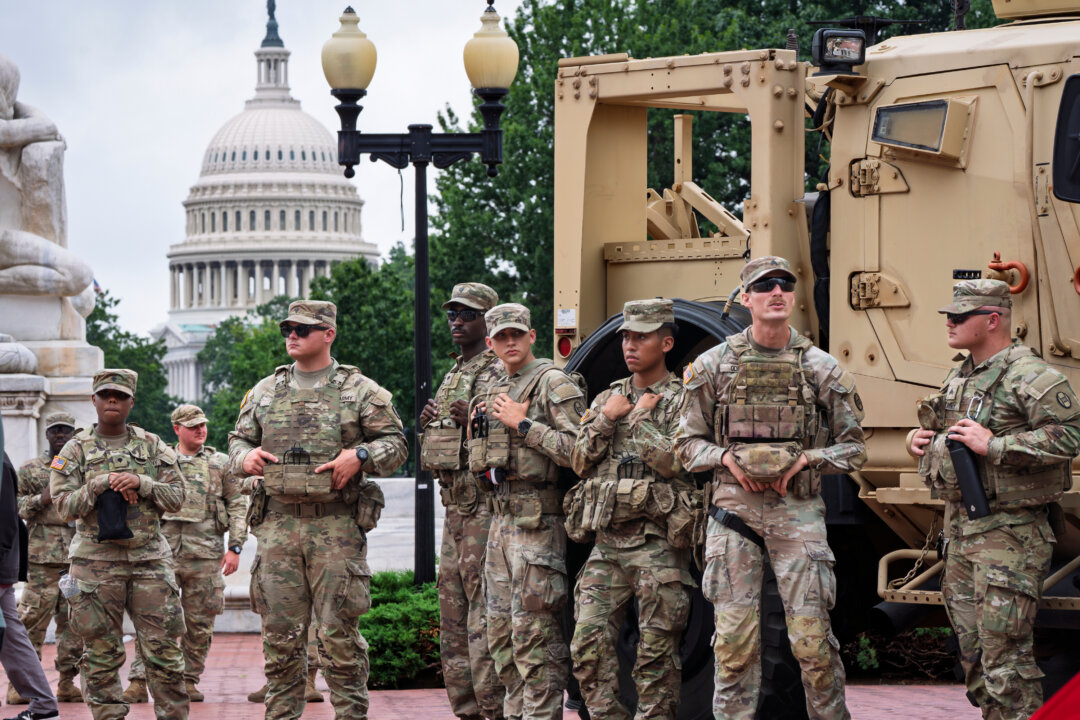18 years before Delhi Red Fort blast, Al Falah University produced another jihadi: Read link to the 2008 serial bombings and Congress’ massive betrayal
As the investigation into the Jaish-e-Mohammad-linked terror module connected with the Red Fort blast deepens, the Al Falah University in Faridabad, Haryana, seems to be emerging as a haven for people involved in terrorist activities. After the arrest of multiple terror accused doctors working at the university in connection with the terror module and the blast, investigators have come across another terror accused associated with the varsity, who was involved in a series of blasts that happened in 2007 and 2008 across various Indian states. The terror accused is Mirza Shadab Baig, the main accused in the 2008 serial bombings in Delhi and Ahmedabad, who is on the run and is believed to be living in Pakistan. Who is IM terrorist Mirza Shadab Baig Mirza Shadab Baig is a native of Baridi Calganj village of the Azamgarh district, Uttar Pradesh. He is also said to have lived with his family in Raja ka Qila Mohalla in Azamgarh. Baig is an alumnus of Al Falah University. He completed his B.Tech. in Electronics and Instrumentation from the Al Falah Engineering College, Faridabad, Haryana, in 2007. His connection with the university was reportedly established by the investigating agencies after the 2008 Ahmedabad serial blasts, and now his association resurfaced amid the ongoing investigation in the terror module. Baig was last traced in Afghanistan in 2019 and carries a bounty of ₹1 lakh. Mirza Shadab Baig in connected with the 2008 serial blasts As per reports, Baig headed the Azamgarh module of the terrorist outfit Indian Mujahideen (IM)(formerly known as SIMI – Students Islamic Movement of India), whose founding members Riyaz Bhatkal (Riyaz Ismail Shahbandri) and Iqbal Bhatkal (Iqbal Shahbandri) are also believed to be in Pakistan. Baig, who briefly stayed in Saudi Arabia, played a key role in merging two terror groups: one from Azamgarh and the other from Delhi. He is also credited with recruiting several young people for terrorist activities. Police records from he 2008 Delhi serial blasts reportedly show that Baig lived in the Zakir Nagar area of Delhi, where he used to host his terror associates and indoctrinate recruits with Jihadi ideology. He also conducted recce operations for the Delhi and Ahmedabad serial blasts and was directly involved in planting explosives at India Gate. His ID cards were found by the police in his rented accommodation in Zakir Nagar. Baig’s terror network played a vital role in coordinating serial blasts in Delhi and Ahmedabad. In 2008, he travelled to Udupi, Karnataka, to obtain explosives for the Jaipur serial blasts. He provided a huge quantity of detonators to IM operatives Riyaz and Yasin Bhatkal. Baig was also among the conspirators of the German Bakery Blast case in Pune. The serial explosions that jolted the entire country The 2007 Gorakhpur serial blasts In the years 2007 and 2008, the country witnessed a series of bomb blasts across some major cities, including the national capital. In May 2007, a blast occurred in Gorakhpur, Uttar Pradesh, in the Golghar Market area, located around 4 km away from the Gorakhnath Mandir. Three explosives packed in lunch boxes exploded in succession, leaving 6 people injured. The bomb blasts were carried out by IM and Harkat-ul-Jihad-al-Islami (HuJI). Notably, the then Samajwadi Party government in Uttar Pradesh unsuccessfully tried to withdraw the case against the two accused, Khalid Mujahid and his associate Tariq Qasmi, who were arrested for their involvement in the blast. The STF had recovered a large cache of explosives from their possession. The 2008 Jaipur serial explosions Next year, in May 2008, a series of 9 explosions, one after another, rocked Jaipur city in Rajasthan. Nine explosives detonated over busy marketplaces and tourist destinations such as Manak Chowk Khanda, Chandpole Gate, Badi Chaupad, Chhoti Chaupad, Tripolia Gate, Johri Bazar and Sanganeri Gate in 15 minutes. Authorities prevented another explosion by defusing another unexploded bomb that was found close to Chandpole Bazar. The bombings were executed with bicycles loaded with metal splinters, RDX, and ammonium nitrate to increase the number of casualties. Over 71 people were killed, and more than 185 were injured by the explosions. IM took the responsibility of the blasts, and the HuJI Bangladesh was also found to be involved during investigations. Four terrorists, Saifur Rehman, Mohammad Saif, Sarwar Azmi, and Mohammad Salman, were granted life sentences by a Jaipur special court in April this year. The mastermind of the explosions, Aatif Amin, was killed in September 2008 in Delhi during an encounter at Batla House. The 2008 Ahmedabad multiple explosions On 26th July 2008, a series of 21 successive bomb blasts wreaked havoc across the city of Ahmedabad. 21 explosions took place at 14 different locations in the city, including Khadia, Raipur, Sarangpur, Maninagar, Hatkeshwar Circle, Bapunagar, Thakkarbapa Nagar, Jawahar Ch
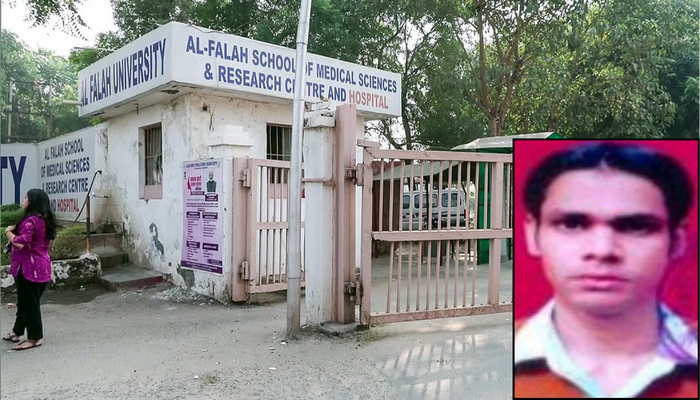


As the investigation into the Jaish-e-Mohammad-linked terror module connected with the Red Fort blast deepens, the Al Falah University in Faridabad, Haryana, seems to be emerging as a haven for people involved in terrorist activities. After the arrest of multiple terror accused doctors working at the university in connection with the terror module and the blast, investigators have come across another terror accused associated with the varsity, who was involved in a series of blasts that happened in 2007 and 2008 across various Indian states. The terror accused is Mirza Shadab Baig, the main accused in the 2008 serial bombings in Delhi and Ahmedabad, who is on the run and is believed to be living in Pakistan.
Who is IM terrorist Mirza Shadab Baig
Mirza Shadab Baig is a native of Baridi Calganj village of the Azamgarh district, Uttar Pradesh. He is also said to have lived with his family in Raja ka Qila Mohalla in Azamgarh. Baig is an alumnus of Al Falah University. He completed his B.Tech. in Electronics and Instrumentation from the Al Falah Engineering College, Faridabad, Haryana, in 2007. His connection with the university was reportedly established by the investigating agencies after the 2008 Ahmedabad serial blasts, and now his association resurfaced amid the ongoing investigation in the terror module. Baig was last traced in Afghanistan in 2019 and carries a bounty of ₹1 lakh.
Mirza Shadab Baig in connected with the 2008 serial blasts
As per reports, Baig headed the Azamgarh module of the terrorist outfit Indian Mujahideen (IM)(formerly known as SIMI – Students Islamic Movement of India), whose founding members Riyaz Bhatkal (Riyaz Ismail Shahbandri) and Iqbal Bhatkal (Iqbal Shahbandri) are also believed to be in Pakistan. Baig, who briefly stayed in Saudi Arabia, played a key role in merging two terror groups: one from Azamgarh and the other from Delhi. He is also credited with recruiting several young people for terrorist activities.
Police records from he 2008 Delhi serial blasts reportedly show that Baig lived in the Zakir Nagar area of Delhi, where he used to host his terror associates and indoctrinate recruits with Jihadi ideology. He also conducted recce operations for the Delhi and Ahmedabad serial blasts and was directly involved in planting explosives at India Gate. His ID cards were found by the police in his rented accommodation in Zakir Nagar.
Baig’s terror network played a vital role in coordinating serial blasts in Delhi and Ahmedabad. In 2008, he travelled to Udupi, Karnataka, to obtain explosives for the Jaipur serial blasts. He provided a huge quantity of detonators to IM operatives Riyaz and Yasin Bhatkal. Baig was also among the conspirators of the German Bakery Blast case in Pune.
The serial explosions that jolted the entire country
The 2007 Gorakhpur serial blasts
In the years 2007 and 2008, the country witnessed a series of bomb blasts across some major cities, including the national capital. In May 2007, a blast occurred in Gorakhpur, Uttar Pradesh, in the Golghar Market area, located around 4 km away from the Gorakhnath Mandir. Three explosives packed in lunch boxes exploded in succession, leaving 6 people injured. The bomb blasts were carried out by IM and Harkat-ul-Jihad-al-Islami (HuJI). Notably, the then Samajwadi Party government in Uttar Pradesh unsuccessfully tried to withdraw the case against the two accused, Khalid Mujahid and his associate Tariq Qasmi, who were arrested for their involvement in the blast. The STF had recovered a large cache of explosives from their possession.
The 2008 Jaipur serial explosions
Next year, in May 2008, a series of 9 explosions, one after another, rocked Jaipur city in Rajasthan. Nine explosives detonated over busy marketplaces and tourist destinations such as Manak Chowk Khanda, Chandpole Gate, Badi Chaupad, Chhoti Chaupad, Tripolia Gate, Johri Bazar and Sanganeri Gate in 15 minutes. Authorities prevented another explosion by defusing another unexploded bomb that was found close to Chandpole Bazar. The bombings were executed with bicycles loaded with metal splinters, RDX, and ammonium nitrate to increase the number of casualties. Over 71 people were killed, and more than 185 were injured by the explosions. IM took the responsibility of the blasts, and the HuJI Bangladesh was also found to be involved during investigations. Four terrorists, Saifur Rehman, Mohammad Saif, Sarwar Azmi, and Mohammad Salman, were granted life sentences by a Jaipur special court in April this year. The mastermind of the explosions, Aatif Amin, was killed in September 2008 in Delhi during an encounter at Batla House.
The 2008 Ahmedabad multiple explosions
On 26th July 2008, a series of 21 successive bomb blasts wreaked havoc across the city of Ahmedabad. 21 explosions took place at 14 different locations in the city, including Khadia, Raipur, Sarangpur, Maninagar, Hatkeshwar Circle, Bapunagar, Thakkarbapa Nagar, Jawahar Chowk, Govindwadi, Isanpur, Narol, and Sarkhej in a span of 70 to 80 minutes. A big network of the Indian Mujahideen terrorists was exposed during the investigation of the blast. The Gujarat police had said that these explosions were executed as an attempt to take revenge for the 2002 post-Godhra riots. A total of 56 innocent citizens were killed in this attack, while 243 people were injured. Two of the explosions took place at the L. G. Hospital, Maninagar, and Ahmedabad Civil Hospital’s Trauma Centre, causing haunting visuals. In February 2022, a Gujarat court convicted 49 out of the total 77 accused in this case. 38 of the convicts were granted a death sentence, while the remaining 11 were sentenced to life imprisonment until death.
The 2008 Delhi Serial Blasts
In September 2008, five synchronised explosions took place within a span of about 31 minutes at various busy and crowded locations in Delhi, including Ghaffar market, Connaught Place and Barakhamba Road. Around 25 people were killed and over 90 were injured in the blasts. Four explosives were diffused by the police. IM took the responsibility for the blasts through an email. In the aftermath of the serial blasts, the Delhi Police hunted down the terrorists in the famous Batla House encounter, which was mourned by the Congress matriarch Sonia Gandhi.
The Batla House Encounter
Weeks after the 2008 serial blasts in the national capital, a team of seven Delhi Police officials, led by encounter specialist Mohan Chand Sharma, reached L-18, Batla House. The Police team was working on a specific input that some IM operatives wanted in serial blasts were hiding in Batla House in Jamia Nagar. An exchange of fire ensued between the police personnel and the terrorists in which Atif Ameen and Mohammad Sajid were killed. One of the terrorists, Mohammad Saif, was arrested while Shahzad and Junaid managed to escape. Unfortunately, Police Inspector Sharma was injured during the crossfire and later succumbed to his injuries. Head Constable Balwinder was also injured. One of the terrorists who escaped is believed to have become an ISIS recruiter.
Even though the country lost a brave cop in the Batla House encounter, it served the dual purpose of neutralising the terrorists and, at the same time, exposing the true colours of the Congress party and the entire Congress ecosystem, which started peddling conspiracy theories to suggest that the encounter was a false-flag operation. In the race to appease the Muslim community and whitewash Islamic terrorism, top politicians from major political parties, including the Congress, Trinamool Congress and Aam Aadmi Party (AAP) caste aspersions on the entire police action.
When the death of terrorists brought tears to Sonia Gandhi’s eyes
Congress heavyweight Digvijaya Singh outrightly claimed that the Batla House encounter was fake. Speaking during an election rally in Uttar Pradesh in 2012, Senior Congress leader Salman Khurshid went on to claim that Sonia Gandhi, the Congress President, cried bitterly after seeing the images of the slain terrorists. “When we showed Sonia Gandhi the images of the ‘incident’, she started crying bitterly and with folded hands, she said Please do not show me these pictures. Immediately go and speak to the Wazir-e-Azam (Dr Manmohan Singh) and discuss the matter. I talked to the PM and it was decided that the matter will be further investigated,” Khurshid said.
Congress ecosystem’s usual whitewashing of Islamic terrorism
While on one side, senior politicians tried to mislead the general public on the serial blasts and the subsequent police action, on the other hand, the so-called social activities ran a parallel smear campaign against the Narendra Modi government in Gujarat and the police action in the Batla House. The entire left ecosystem, as usual, blamed the security forces for failing to prevent the terrorist attacks and diverted attention from the main problem of Islamic terrorism.
A similar pattern of whitewashing the acts of Islamic terrorists and unfairly putting the blame on the government and the security forces was seen during the recent Red Fort blast. Soon after the blast, the Congress ecosystem became active and started justifying the act of terror. Unshockingly, Congress leader Husain Dalwai gave a clean chit to the terrorists behind the Red Fort blast and instead blamed the RSS for provoking the incident. Dalwai termed the blast as a “repercussion” of the “injustice” being inflicted in Jammu and Kashmir. He endorsed the opinion of the former J&K Chief Minister Mehbooba Mufti, who justified the attack, saying that the attack was carried out by terrorists frustrated with long-standing wrongs in the Valley.





